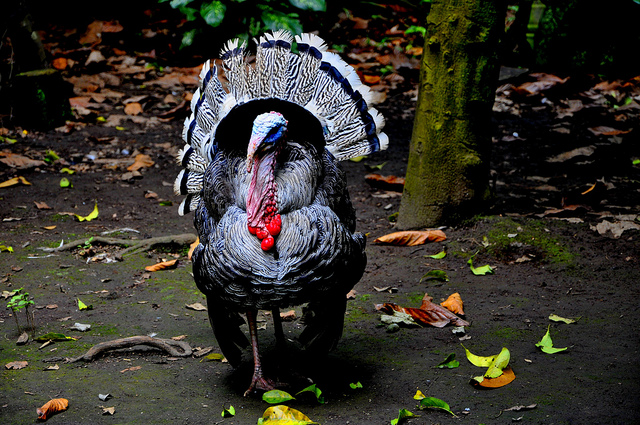The bird is the word: Mexican pavo, guajolote, totole in the oven

*Every year around this time we get a version of the “guajolote” vs “pavo” argument. I’ve always used the words interchangeably, and being a word-nerd and all, I did some research to find the true term. I found there isn’t one, but I also found this cool article. It traces the origins of the native meso-American feasts that included turkey. As for the name, I think I’ll start using “totole” as well. VL
Once again, the time to talk turkey has arrived, and in Mexico this can inspire quite a bit of talk indeed. Over thirty words for the bird have been used at one time or another in various parts of the country, twenty-one of which were still in use when Dr. Lawrence B. Kiddle wrote “The Names for Turkey in the Modern Mexican Dialect” in 1941. This did not even include the six different names used by the Zapotecs, not to mention variations that found their way to Veracruz via the islands of the Carribbean and to Southern Mexico by way of Central America.
At times called el ave de los ricos – the bird of the rich – turkey has nevertheless been consumed by nearly all classes and during all known historical periods by the people of Mesoamerica. It is one of only two species of fowl (the other being the muscovy duck) to have been domesticated before the Spaniards arrived in Mexico. The earliest bones of meleagris gallopavo – domesticated turkey – to have been found so far date from between 200 B.C. and 700 A.D. in Tehuacan, in what is now southern Puebla.
Although the plateau of central Mexico was its original natural range, the domesticated turkey was widespread throughout Mexico and Central America by the time Columbus arrived and encountered it in what is now Honduras.
Click HERE to read the full story.
[Photo by Eduardo Robles Pacheco/Flickr]

